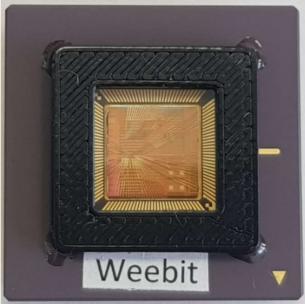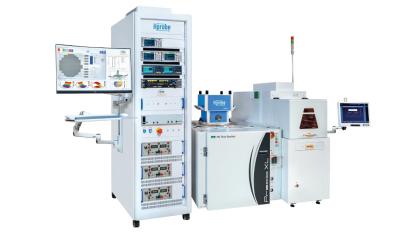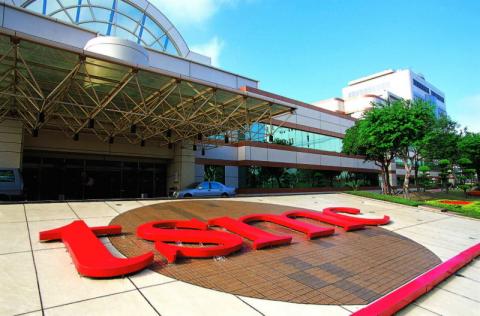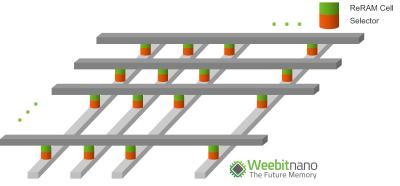GlobalFoundries acquires CBRAM technology from Renesas Electronics
GlobalFoundries announced that it acquired RRAM technology from Renesas Electronics, for use in chips for home and industrial IoT devices and smart mobile devices.
The RRAM technology originated at Dialog Semiconductor, which Renesas acquired. In 2020, Dialog licensed its CBRAM technology to GlobalFoundries. Dialog's RRAM technology, in turn, was developed by Adesto Technologies which was acquired by Dialog in 2020.




